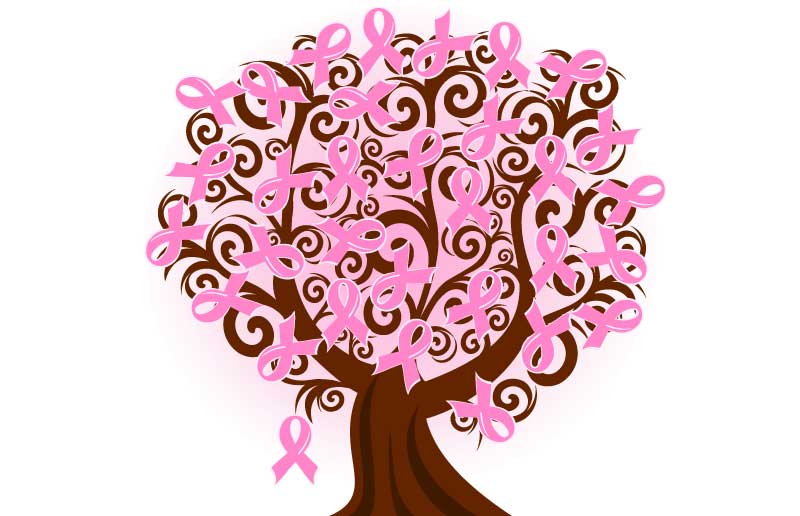Resource • Article
A More Complete Scope for Advances in Women’s Health

When people think about women’s health, especially during the month of October, they may think only of breast cancer or reproductive disorders. The truth, though, is that women’s health encompasses so much more. The field of medicine pertaining to women’s health is rapidly growing to include the study of both specific conditions that only manifest in women and also maintenance of well-being and quality of life during the unique but normal life cycles experienced by women. Fortunately, we are beginning to understand the implications of women-specific needs on mental and emotional health, and new devices are being designed to cater to these needs.
One of our goals in writing this article was to push back on some of the stigma surrounding women’s health. If discussions of reproductive health upset you, this may not be the article for you. However, it’s important to move past this discomfort if we really plan on bettering the lives of patients that make up more than half of the world’s population – women.
- Ava is an FDA-registered bracelet that tracks ovulation and fertility. The fertile window is defined as the 5 days leading up to ovulation and the day of ovulation, and ovulation has traditionally been determined by counting 14 days backwards from when you expect your next period to start (or by measuring hormones in the blood at the doctor, but that’s not feasible to do every day). What happens if you don’t know exactly when your next period will be? Or, as is the case for many women, what if your cycle length varies slightly each month? Conveniently, markers such as skin temperature and pulse rate during sleep have been validated against urine tests to predict when the body is about to ovulate. This bracelet doesn’t only track fertility, though. It also tracks sleep habits, stress levels, and symptoms related to the menstrual cycle with the goal being for women to learn more about their bodies and improve their habits.
- Portable, silent, wearable breast pumps are a revolutionary invention for women who are breastfeeding. Most of us are aware of the stigma surrounding breastfeeding, and some employers have begun to show support by providing lactation rooms at the office, at the very least. Not everyone recognizes the importance of supporting a mom’s breastfeeding needs, though. It can be embarrassing to carry around a breast pump and to take long, frequent “bathroom” breaks. The portable, wearable breast pumps made by Willow or Elvie can be worn under normal clothing, not only freeing women’s hands to continue working while pumping but allowing her to inconspicuously remain at her desk as if nothing is different. As an added benefit, for those moms who are worried about whether their baby is eating enough, the device also makes it easy to measure the amount of milk a baby is consuming.
- In the same vein of measuring a baby’s milk consumption, MomSense manufactures a device that senses the mouth movement of a baby, able to distinguish between small gurgles, half-gulps, and full gulps and the related volume of milk consumed. The data collected from the sensor transmits to an app on your phone, easily logging breastfeeding sessions. Moms can also listen to their babies’ rhythms for a potentially better bonding experience.
- We all love our Kegels! While this may be a laughable matter to some, these types of pelvic floor exercises are extremely important for women recovering from labor and delivery in regaining bladder and bowel control. The Elvie Trainer provides reminders to complete the exercises and can show you the strength of your contractions with all data transmitting to an app on your phone.
Bear in mind that all of these wearable devices are clever sources of data. Data collected by these devices may provide important information for clinical research. Value can be found in the vast amounts of data on daily habits, which would allow for the design of more patient-centric protocols that better accommodate women’s needs. Value can also lie in the collection and identification of potential confounding factors on women’s health outcomes; hypothetically speaking, if sleep habits were observed in device-derived data to vary by age, and a new sleep medication is being evaluated in women of all ages, it may be prudent to run a subgroup analysis on sleep outcomes based on age. The possibilities for putting these data to work are endless.